Loading...
Please wait while we load the content.
Please wait while we load the content.

Neue Haas-Grotesk, the precursor to Helvetica, that flagship of corporate design, has enjoyed a spirited revival. Now we reach back to explore Forma—a 1960s Italian neo-grotesque. Somehow this warm, rich sans serif did not make it to the digital era—until now. Forma DJR was crafted to capture the flair and precision of the original Nebiolo design, while adding interesting details observed in the printing process.
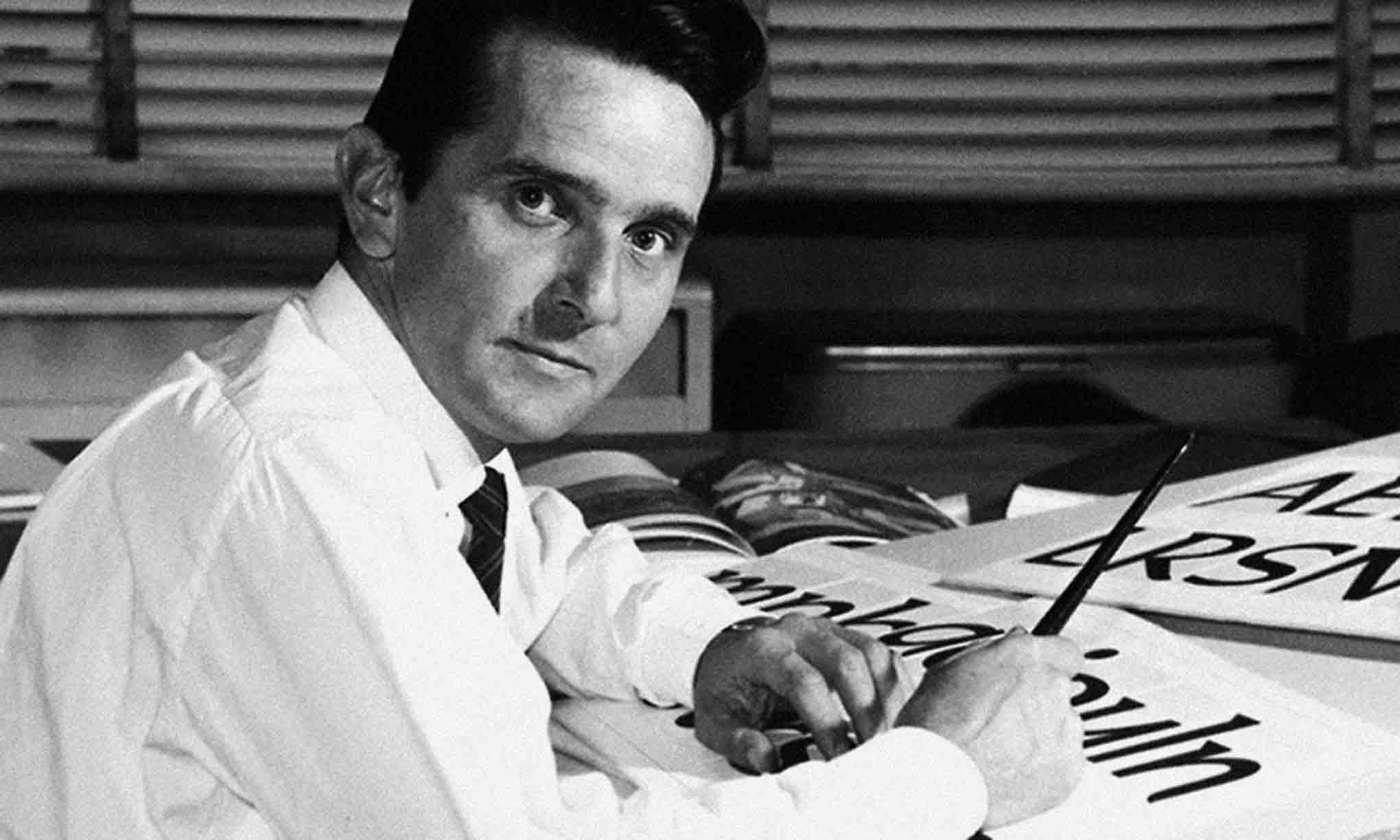
Novarese at his design studio in the 1960s. Nebiolo, 1969

As art director at the Italian type foundry Società Nebiolo from 1952 to 1975, and in later years as a freelance designer until his death in 1995, Aldo Novarese created more than 200 typefaces for metal and photographic setting.
His Eurostile (1962)—a reworking of Microgramma (1951), the earlier typeface that he designed with Alessandro Butti—added a new lowercase and new weights to the all-caps original. Eurostile is still seen as emblematic of mid-century modernism and futuristic style.
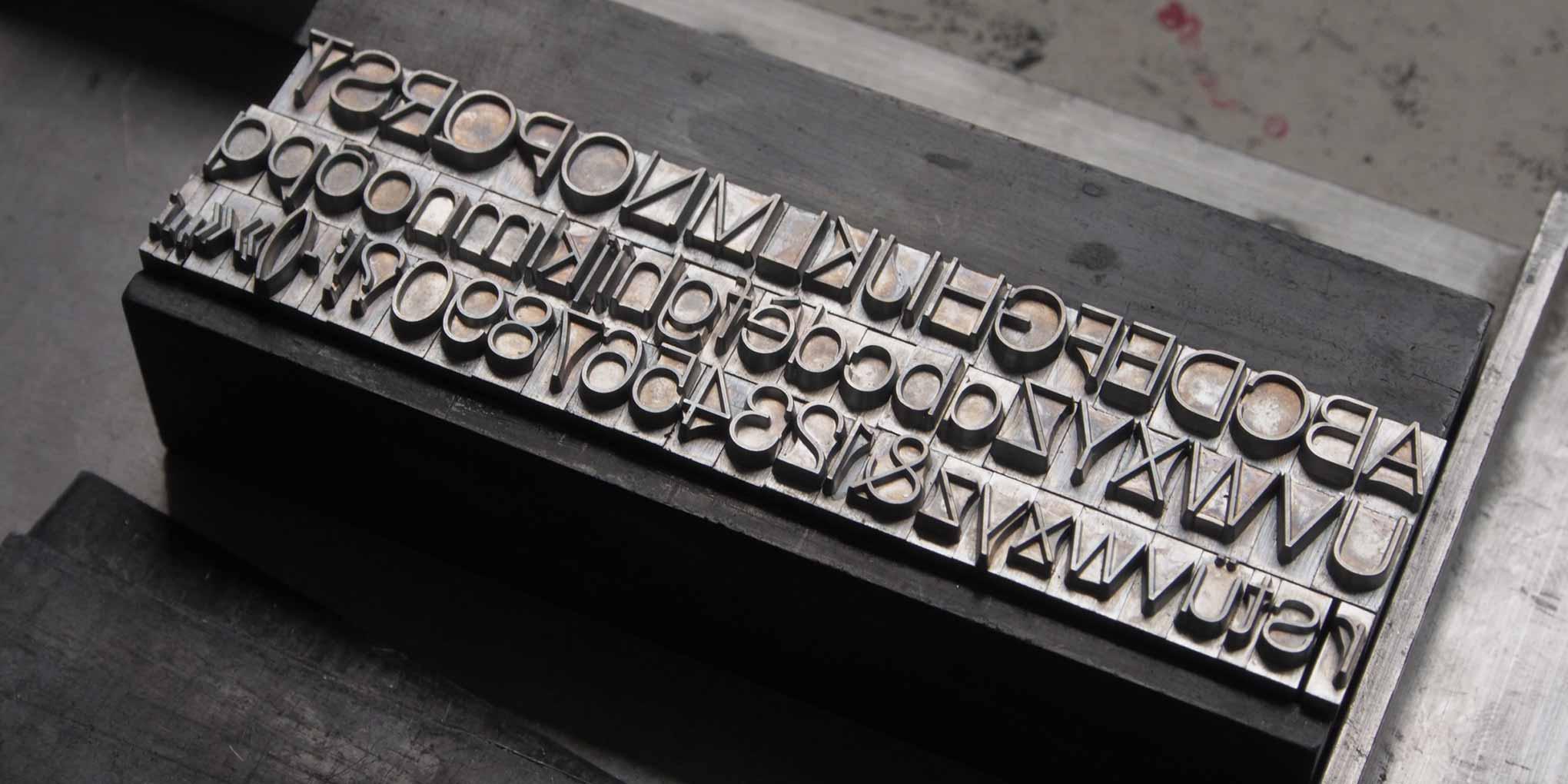
An actual metal font! Forma set by Indra Kupferschmid for test printing.

If you feel like Forma is just not enough like Helvetica, DJR‘s revival features a few key alternate glyphs: with a chin for the G, a rounded stem for the R, and a two-story a. (Forma DJR also has an alternate tailed j not shown here.) These small changes give a surprisingly different feel to a body of text.
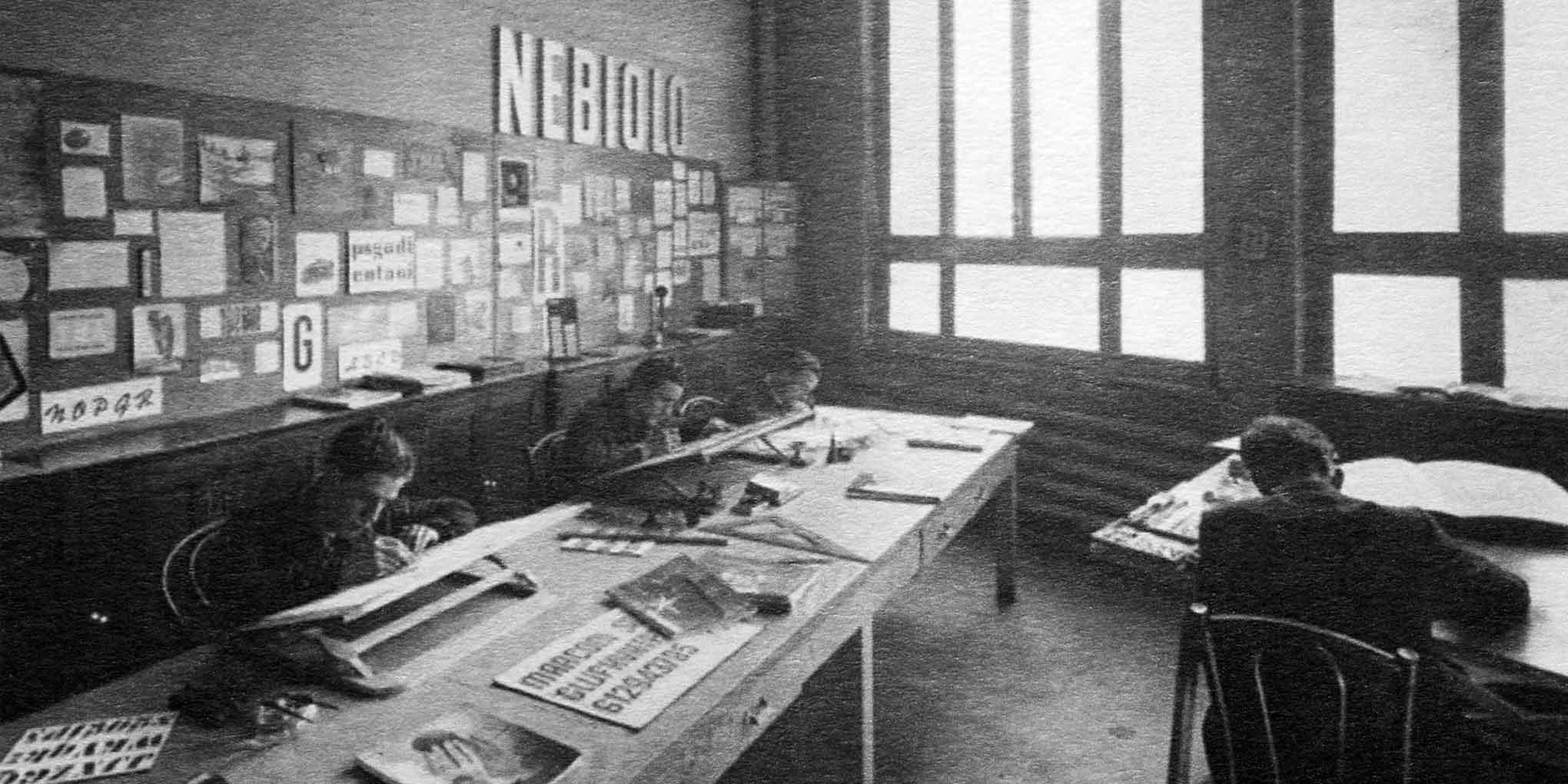
The production area at Nebiolo in Turin. Image from TipoItalia
My whole sense of type is shaped by that foundry.—Roger Black
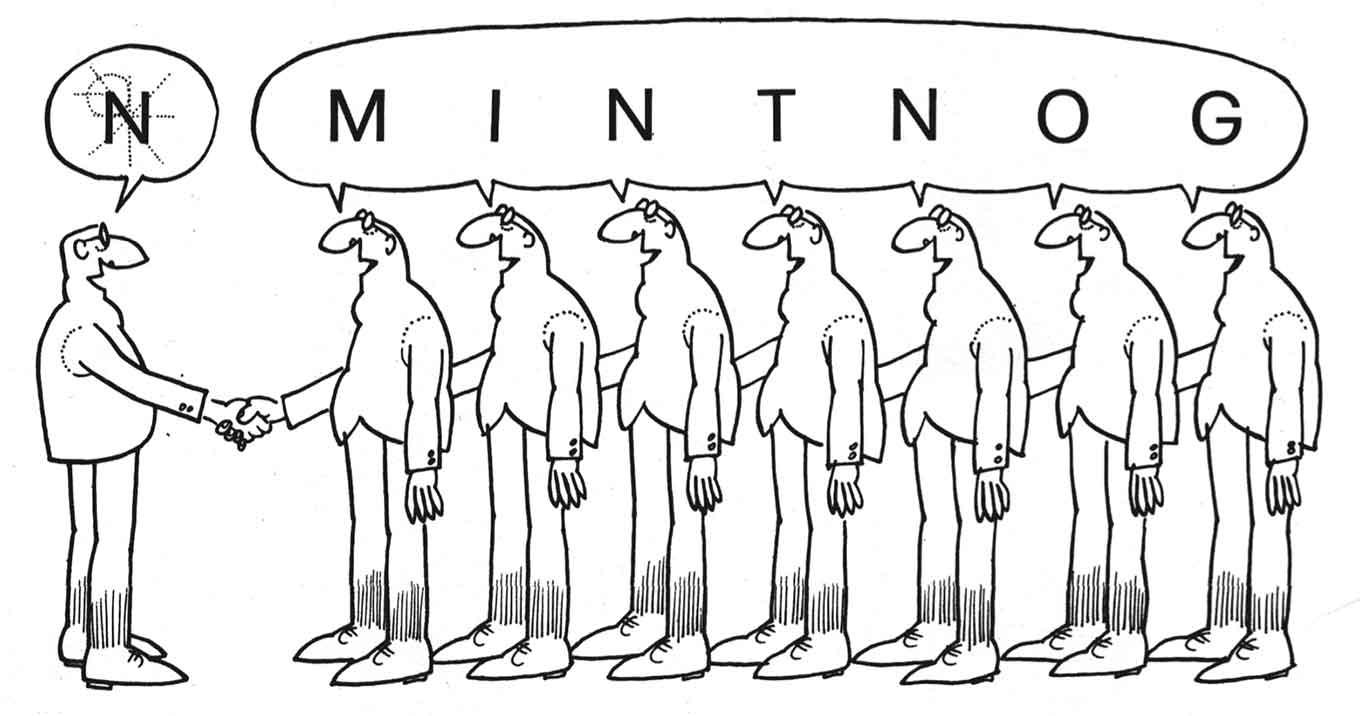
Aldo Novarese is not always given sole credit for the design. Sometimes seven additional people are credited: Franco Grignani, Giancarlo Iliprandi, Bruno Munari, Ilio Negri, Till Neuburg, Luigi Oriani, and Pino Tovaglia—all graphic designers in Milan. How did this come about?
The design team that advised Nebiolo toward the end of the foundry’s existence produced some wonderful promotional brochures for Forma, the first product of the collaboration. Whatever their influence on the final design, these are amazing pieces of type promotion.
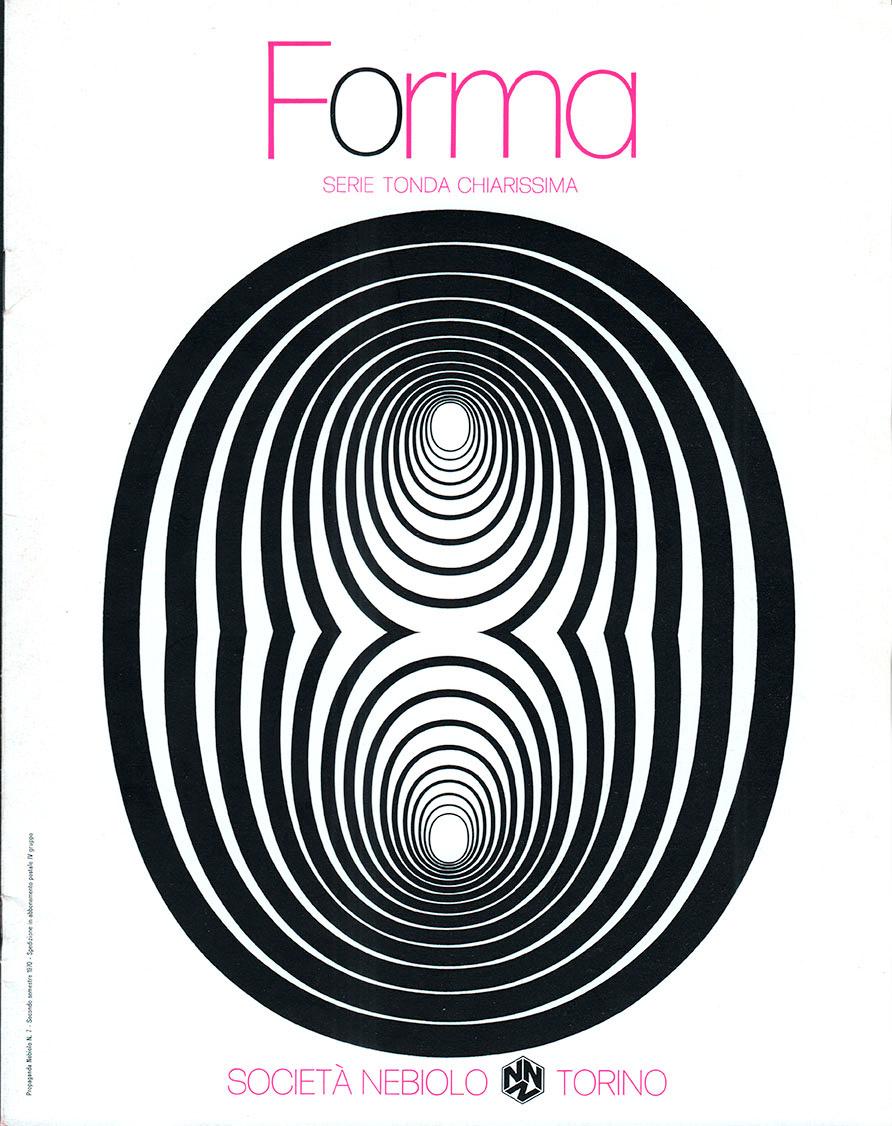
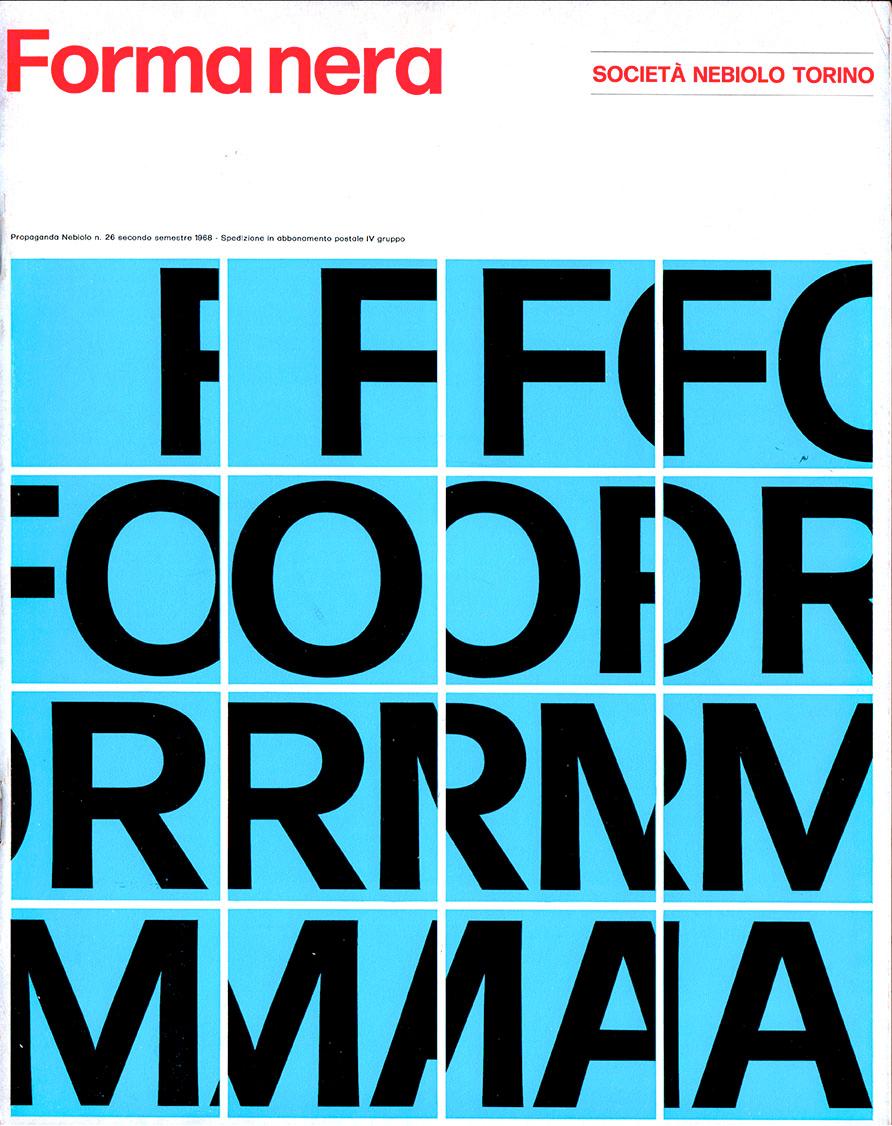
Type design is approached as a series of axes. Forma DJR started with size and weight axes—five of each. At the smaller optical sizes, design features like the taper are emphasized, especially in the bolder weights.

There are five weights for each size, from Extra Light to Bold. The technology employed in developing Forma DJR worked with the extremes (poles) of each axis to automate the design process.

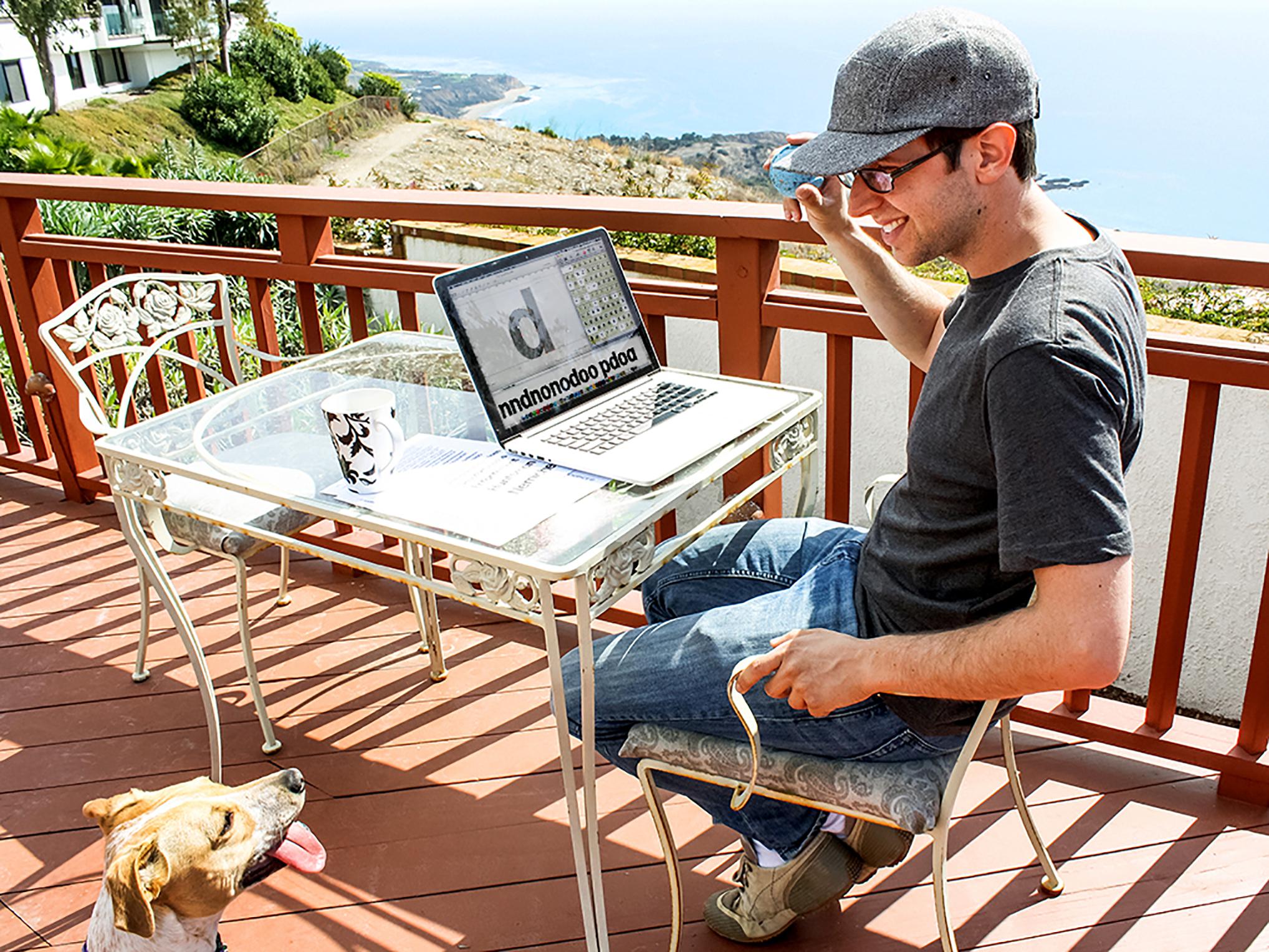
Photograph by Emily Richardson
David Jonathan Ross draws letters of all shapes and sizes for custom and retail typeface designs. A designer at the Font Bureau since 2007, he strives to build useful tools that challenge designers to confront the unique visual and technical demands of their text.
From slab serifs of the 19th century to computer terminals of the 20th, DJR ransacks forgotten and pigeonholed lettering styles and searches for new approaches to the same old alphabet. His mini-site detailing the revival of Forma offers a glimpse into the research and thinking that determined its direction.
FINDING FORMA This revival began as a custom font at Font Bureau. Roger Black was the art director, and Indra Kupferschmid did amazing research.
IN USE The Tatler magazines in Asia commissioned Forma for a redesign in 2014. Another well-received redesign brought them to the West: WWD.
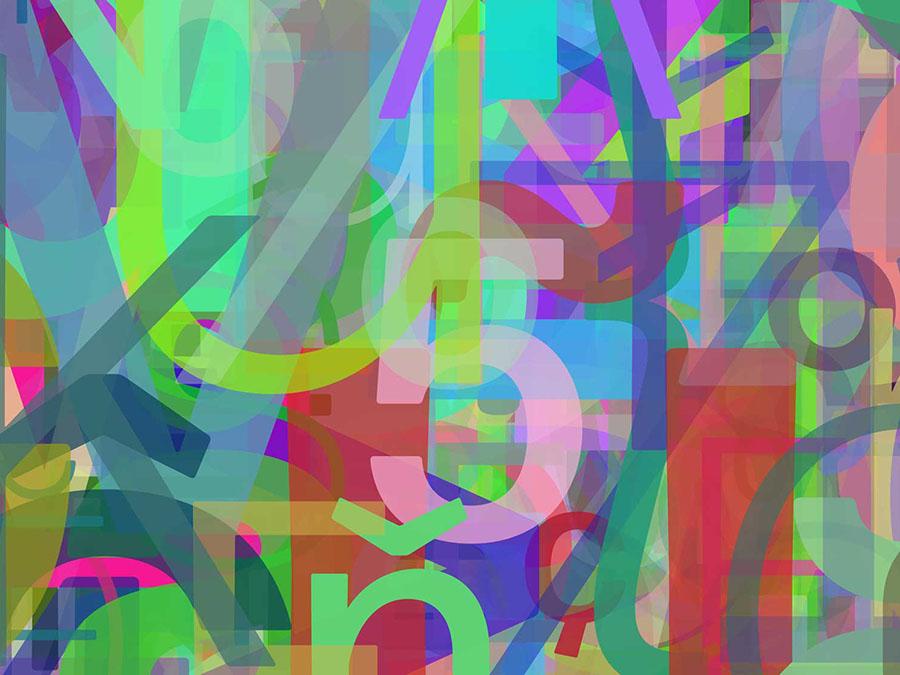
WALLPAPER? Not the magazine, but screen wallpaper. In an idle moment, DJR produced some screensaver images in Drawbot. Download them here (3.1MB ZIP file).